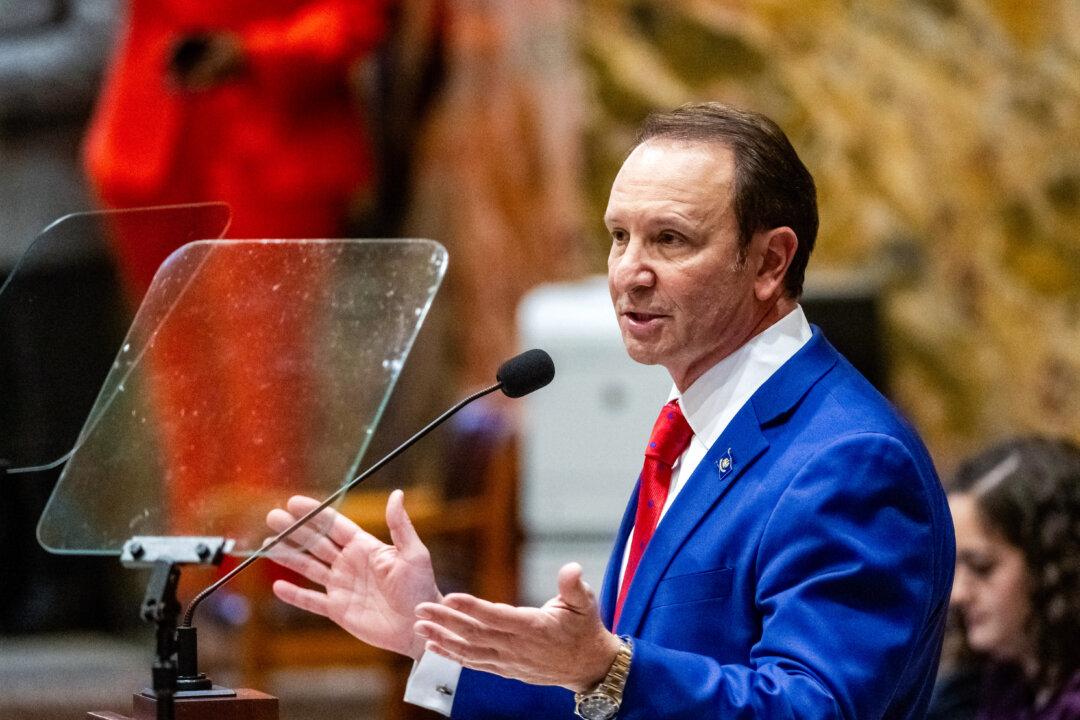Japan’s Defense Ministry announced the removal of four missile interception systems, citing eased tensions with North Korea.
The ministry said that the communist country is unlikely to stage a ballistic missile blitz, meaning Japan no longer needs the units in place.





